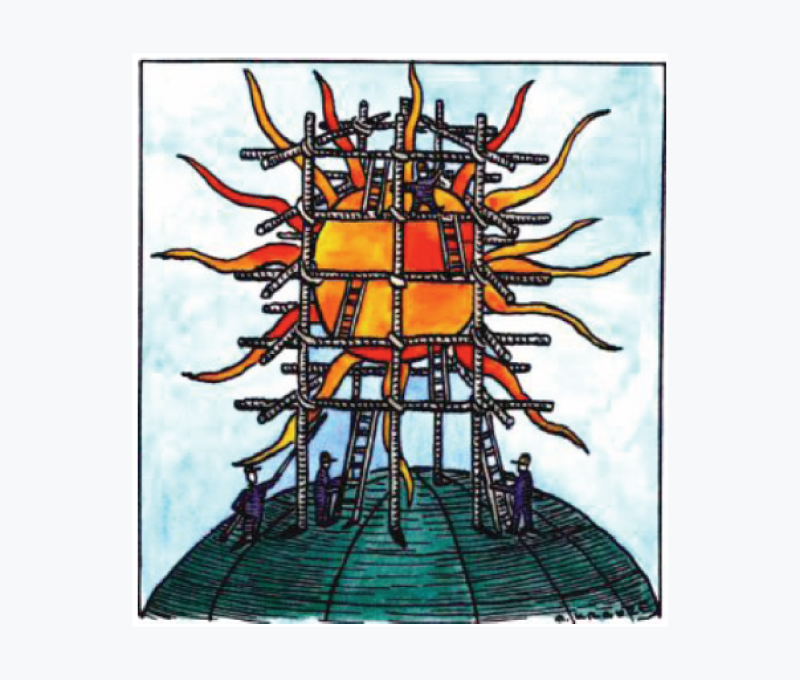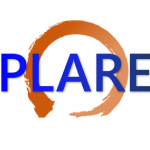Welcome! We are
SNU
PLARE
Plasma Laboratory for Advanced Research in Seoul National University.

Plasma Laboratory for Advanced REsearch (PLARE) group researches fusion plasmas through experiments and numerical simulations with the aim of maintaining fusion reactions continuously and stably in Tokamak reactors. PLARE’s research field can be divided into experimental data analysis, interpretive and predictive modeling and simulations, and tokamak operation scenario development.

Tokamak experimental data analysis
We study plasma characteristics by analyzing various experimental data obtained from domestic Tokamak devices such as KSTAR and VEST and overseas Tokamak devices such as ASDEX Upgrade, DIII-D, JET, NSTX, TCV, etc. We validate existing theories or models against the experimental measurements. We also find and study new physics phenomena that cannot be explained by the existing theory.

Integrated modelling and Interpretive and predictive simulations
We develop an integrated simulator, so-called TRIASSIC by coupling models built using existing theories and machine learning for plasma equilibrium, stability, transport, heating and current drive. We analyze plasma breakdown, neoclassical tearing mode, edge localized mode, toroidal Alfven eigen mode, and so on by using TRIASSIC to develop feedback control and to predict ITER, DEMO and beyond.

Tokamak advanced operation scenario development
We derive optimal tokamak operating conditions based on the results of experiments and modeling and develop tokamak operation scenarios, which is the time series of tokamak operation, to achieve these conditions. First, we determine optimal plasma physics and engineering variables to satisfy the plasma conditions which can maintain high fusion reactions in a stable way for long pulse operation. In order to meet the optimal operating conditions, we suggest methods and waveform of heating plasmas, deriving plasma current, adjusting the plasma shape and position in time.
